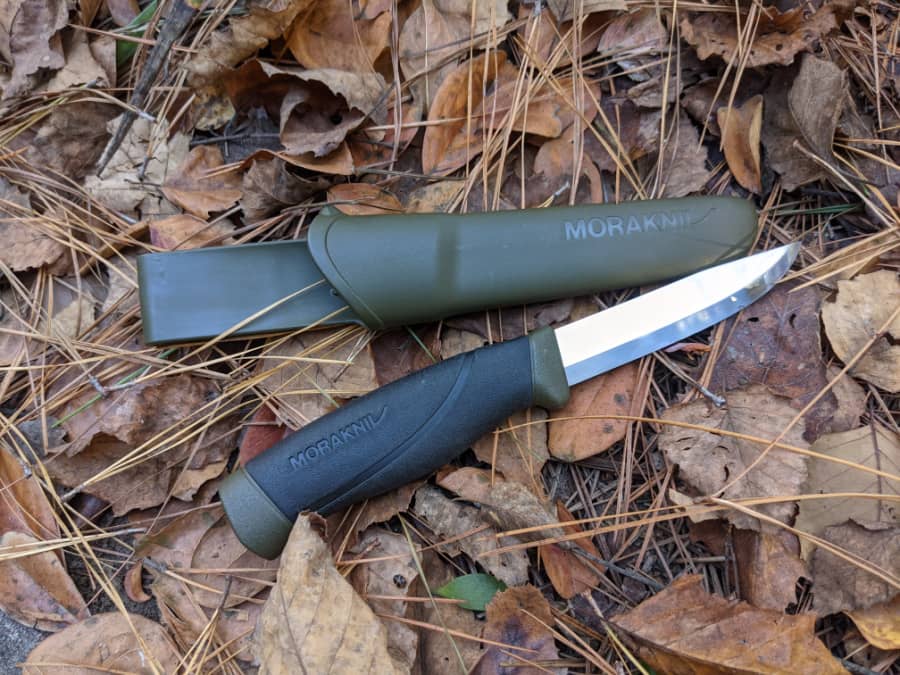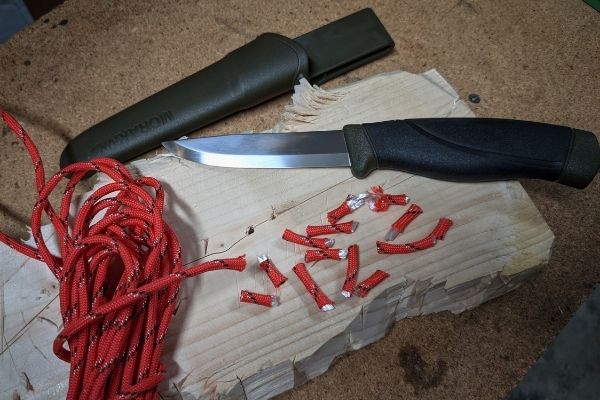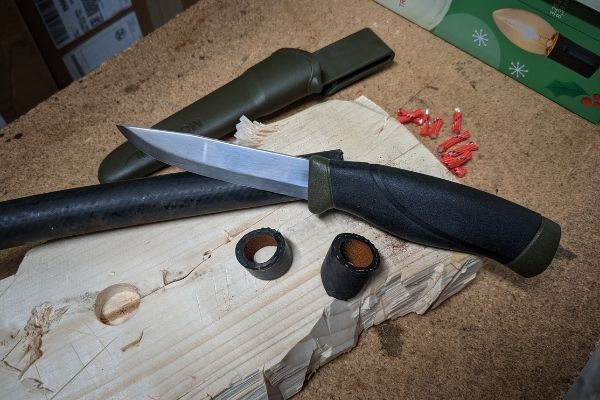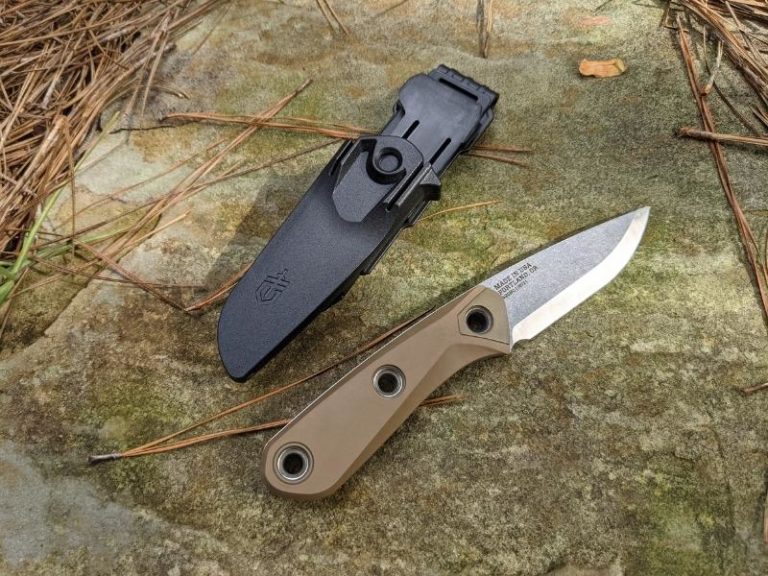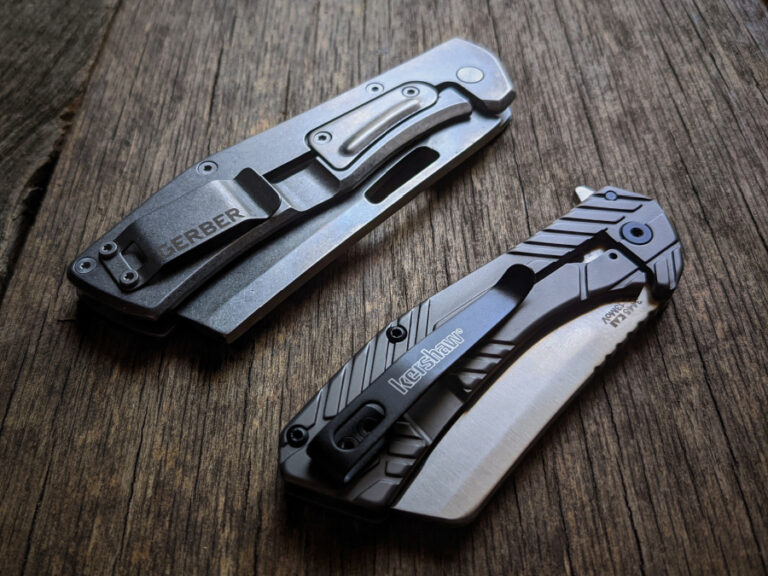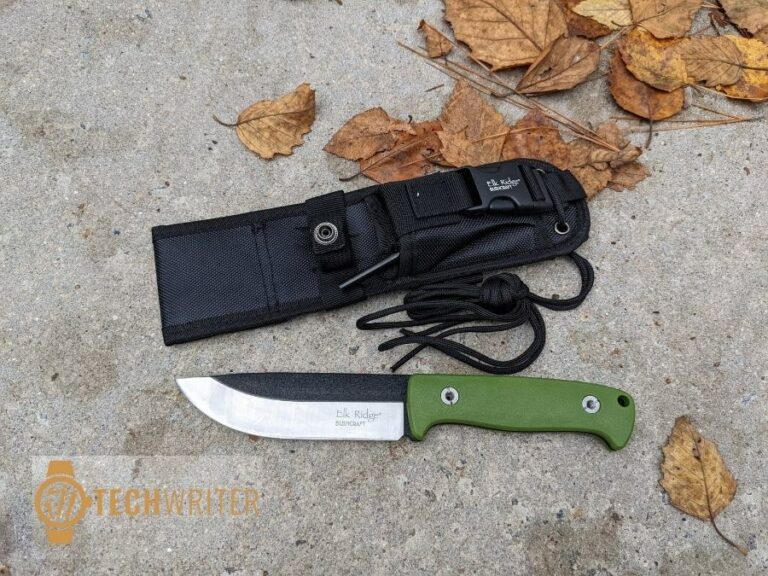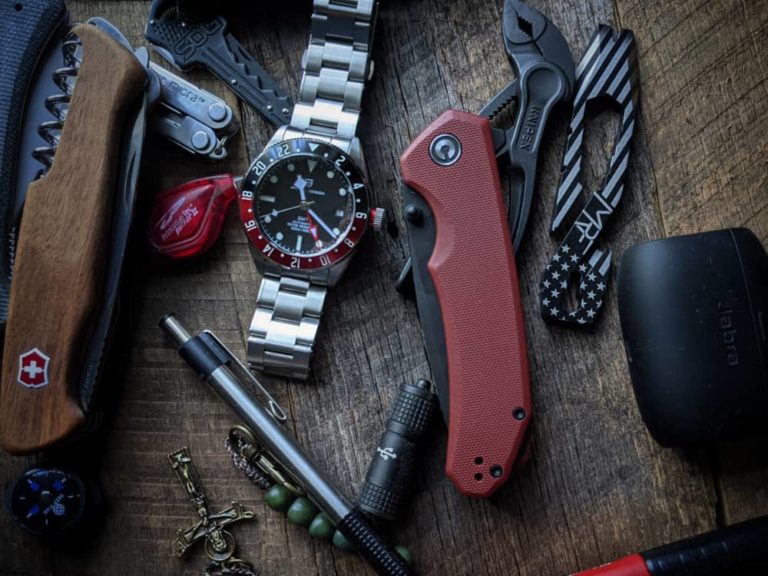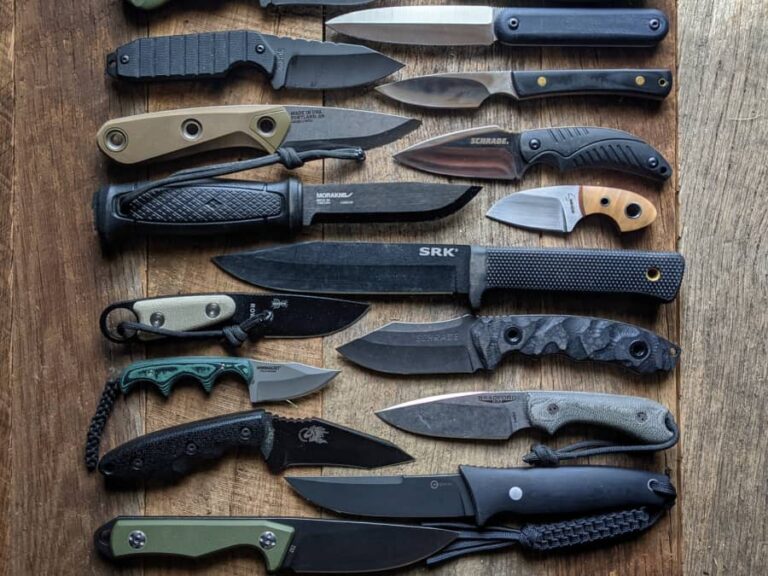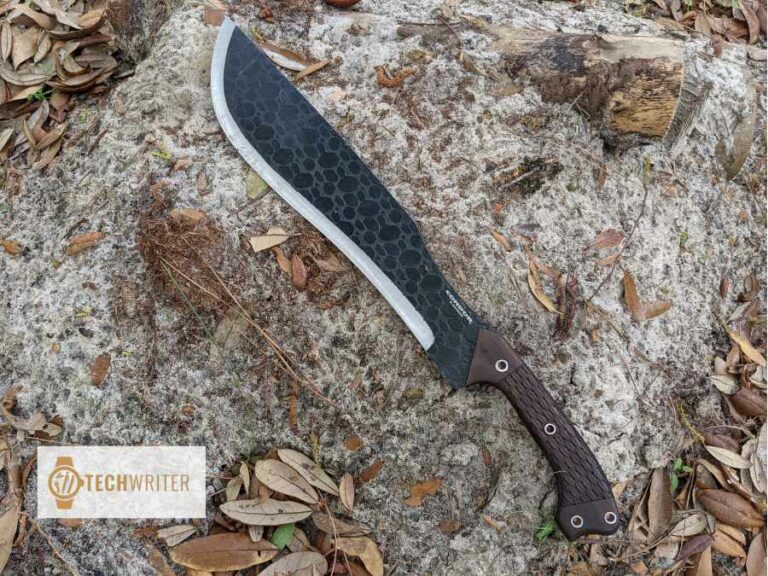Morakniv Companion Knife Review
I bought the fabled Mora Companion, and I put it to the test.
There are certain knives whose reputations precede them, and the Morakniv Companion—most folks just call it the Mora—is one of those knives. Actually, this is a knife that has two very different reputations. It’s complicated.
The way some folks talk about the Mora, you’d think it was a dream come true. A shockingly good knife at an even more shockingly low price. A jack-of-all-trades outdoorsman’s knife that can handle any task you put it to. Essentially, the ultimate knife.
Others, especially some in the hardcore survivalist/bushcraft communities, talk about the Mora like it’s some kind of joke. A kids’ toy being passed off as a legitimate tool for grown-ups. A waste of money even at its rock-bottom price.
Needless to say, I had to find out which, if either, of these perspectives were correct. I bought the fabled Mora Companion, and I put it to the test.
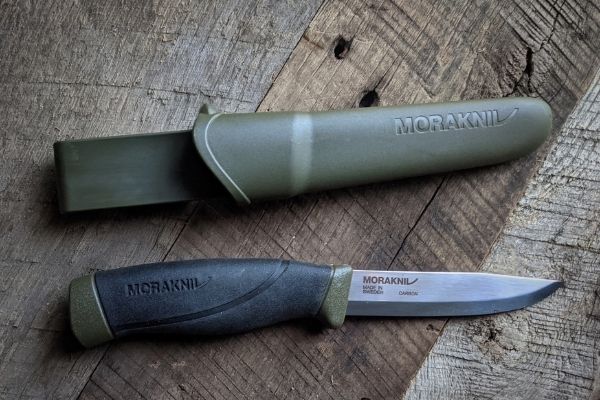
First Impressions
It’s not for playing Rambo. It’s for getting stuff done.
Right off the bat, the Mora is not a showy knife. It has a rubberized handle—mine is black and army green—and a plastic, color-matched sheath. It feels comfortable and solid in the hand. The handle has a good palm swell and is contoured in such a way that it seems like it would fit comfortably in almost any hand size.
Made in Sweden, the Mora has a fixed 4.1” blade with a slight drop point and a Scandi grind (more on what that means in a bit). The overall length including handle is 8.6 inches, and it tips the scales at 4.8 oz.
Long story short: the Mora is utilitarian, and it looks it. And by the way, that’s not a bad thing. I like a “cool-looking” knife as much as the next guy, but there’s also something I really appreciate about a knife that’s made with the intent of being useful, and nothing more. It’s not for playing Rambo. It’s for getting stuff done.
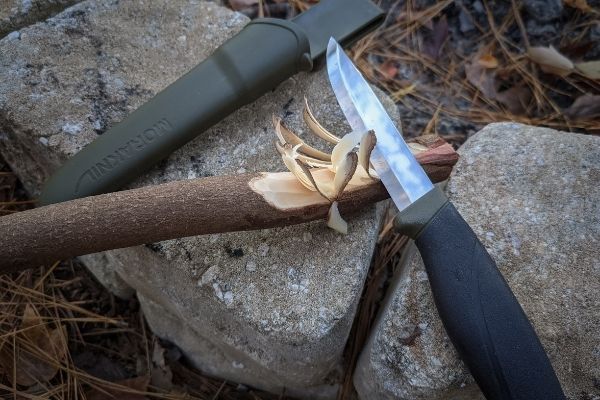
About the Blade
One of the most common complaints you hear about the Mora is that it’s not a full tang blade. True enough, the blade extends about three quarters of the handle length, but I have a hard time seeing that as a serious drawback. In a knife intended for outdoor use, a three-quarter tang seems more than sufficient. Writing this after having used the knife for some time, I can’t imagine the amount of force under which the blade would become separated from the handle.
Let’s talk about that Scandi grind. It refers to a style of grind common in Swedish and other Scandinavian knives, which is characterized by a long taper to the cutting edge, with no secondary bevel. This makes the blade very easy to sharpen.
It’s a good thing, because when I first took the Mora out of its packaging, it was just slightly sharper than your average butter knife. Fortunately, just a few passes with a whetstone made all the difference in the world. The blade really is a dream to sharpen, and it seems to hold an edge quite well through repeated use. It helps that it’s made out of good steel.
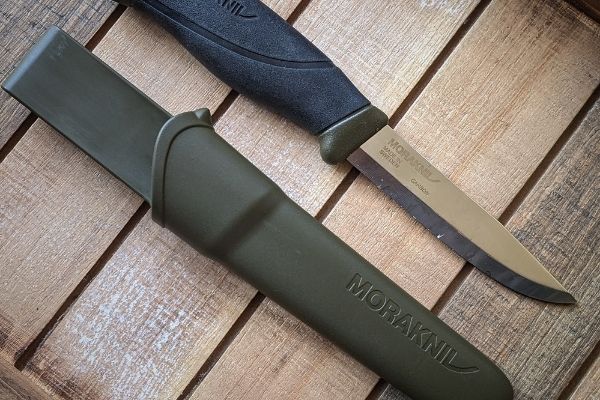
Steel Quality
It took a little digging to figure out just what the heck the steel in the Mora blade is actually made of. It’s something called Sandvik 12C27 stainless steel, a Swedish steel that, as it turns out, has a pretty interesting composition.
Sandvik 12C27 stainless steel contains 13.5 % Chromium, which is fairly typical for stainless steel. Chromium gives the steel hardness, tensile strength and resistance to corrosion. The steel also contains 0.6% Carbon, which gives it hardness and strength. There are a few other elements in there as well…a little Manganese, a dash of Silicon, a pinch of Phosphorus.
Overall, I would call this a pretty good steel. It’s not exactly high-end, but it’s definitely not bottom-shelf either. It offers a solid balance of the tensile strength and corrosion resistance of stainless steel, with the hardness of carbon steel. I will say, for a knife that costs less than $20, it’s much better than you’d expect.
Field Testing the Mora
Besides taking knives into the field, I run all blades through a standard set of cuts. This includes our famous 2×6 board as my kids say. We slice, chop, stab, bend and cut a ton of stuff.
Word on the street is that the Mora Companion is a knife you can do anything with, from fileting a fish to chopping down a tree. I just had to find out what this knife can do, and let’s be honest, testing a knife out in the field is the fun part.
I didn’t use the Mora to filet any fish, because that would first require me to catch a fish, and that’s a tall order most days. I did use it to prep chicken and steak for the grill, and the freshly-sharpened blade cuts through meat like butter. It’s great for all your camp cooking chores, from slicing and chopping to heavier work like butchering and de-boning game.
I briefly touched on the handle before, and I’ll say again: it’s simple and utilitarian. In actual practice, that’s a very good thing. While I tend to prefer the look of a wood or bone handle, the textured rubber of the Mora does an amazing job providing grip in wet, slippery conditions. That’s important for anybody, but especially if you’re a hunter and plan to use this knife for field dressing game.
Over the course of a few days, I put the Mora through pretty much all the camp chores I could think of, from cutting rope and paracord to carving tinder and chopping small tree limbs. The knife took it all like a champ. The blade is sturdy, but has just a bit of flex to it, which is what you want if you’re going to be working wood with it.
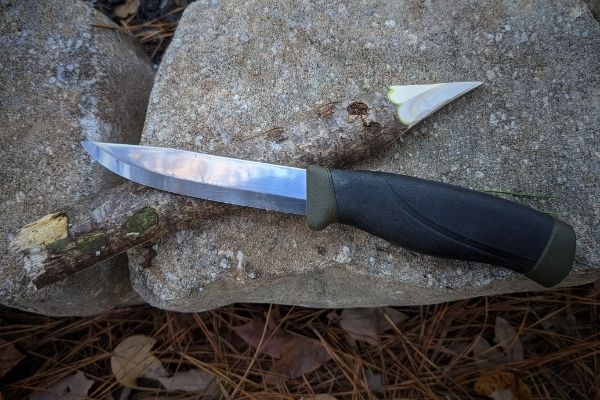
All the aforementioned chores eventually dulled the blade, but again, it’s quick to sharpen. The Scandi grind is also great for woodworking. Overall, the Mora has an excellent, versatile blade that’s good for almost any task. You can even do some light prying with it without fear that it will bend or snap.
One thing I did not do with the Mora is baton firewood. While I’ve heard from other users that it’s a decent knife for this task, I don’t quite have confidence that the blade can take it. It’s a little thinner and lacks the heavy-duty spine of a blade that’s really meant for batoning wood. At the end of the day, I’ve grown to like this knife quite a bit, and I don’t want to wreck the blade by putting it through more than it’s designed to do.
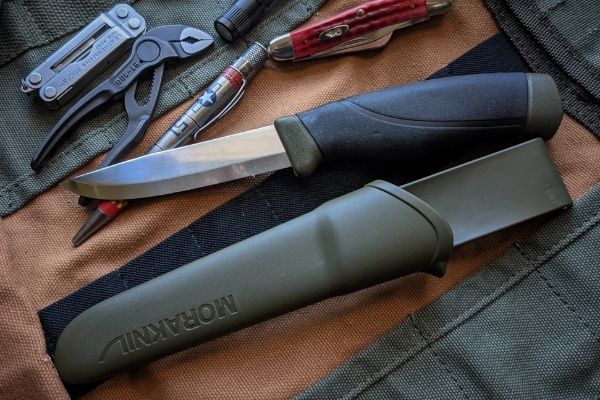
Is the Mora a Good Knife?
Well, that’s the million-dollar question, isn’t it? I should say the twenty-dollar question, because that’s about the most you’ll pay for the Morakniv Companion. And at that price point, I have a hard time imagining a better or more adaptable knife.
Is it perfect? No. One small flaw in the design is that the polish on the blade makes it impossible to create sparks when you strike the spine against a Ferro Rod or similar fire starter. If what you’re looking for is an all-purpose bushcraft knife, being able to use it as a fire starter is kind of important. Luckily, this is an issue you can easily fix by running a file along the spine of the knife. Once you’ve done that, it should spark readily when struck.
I also haven’t touched on the sheath that comes with the Mora yet. It’s made of molded plastic, and it snaps over your belt in such a way that you don’t have to take your belt off to wear the sheath. That’s a nice touch. The problem is, even though the sheath holds the knife snugly—I’ve never worried about it falling out—it looks and feels cheap.
A lot of users have complained about the sheath breaking or cracking, and I have to say, that doesn’t really surprise me. I suspect it would snap if I accidentally stepped on it. You might want to get a custom leather sheath that’s a little more hard-wearing than the plastic one that comes with the Mora. I probably will.
But at the end of the day, the flaws in this knife are minor. This is an all-around solid camp knife, hunting knife or bushcraft knife that’s adaptable to almost any use. It’s lightweight, quick and easy to sharpen in the field, and made of good quality steel.
The Mora is also rugged enough (and inexpensive enough) that you don’t feel like you have to baby it. It’s a working knife that’s built for real work. It’s simple, and sometimes it really is the simple things that are the best.

Alan Dale is an experienced backpacker and adventure sports athlete who pays the bills by writing. Married with a small brood, Alan often has his kids in tow on many of his adventures. You can visit Alan here: https://siralandale.com/

